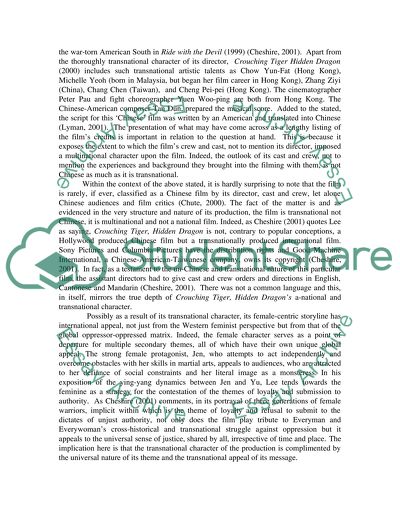Cite this document
(“Chinese Film Essay Example | Topics and Well Written Essays - 750 words”, n.d.)
Chinese Film Essay Example | Topics and Well Written Essays - 750 words. Retrieved from https://studentshare.org/miscellaneous/1504847-chinese-film
Chinese Film Essay Example | Topics and Well Written Essays - 750 words. Retrieved from https://studentshare.org/miscellaneous/1504847-chinese-film
(Chinese Film Essay Example | Topics and Well Written Essays - 750 Words)
Chinese Film Essay Example | Topics and Well Written Essays - 750 Words. https://studentshare.org/miscellaneous/1504847-chinese-film.
Chinese Film Essay Example | Topics and Well Written Essays - 750 Words. https://studentshare.org/miscellaneous/1504847-chinese-film.
“Chinese Film Essay Example | Topics and Well Written Essays - 750 Words”, n.d. https://studentshare.org/miscellaneous/1504847-chinese-film.


